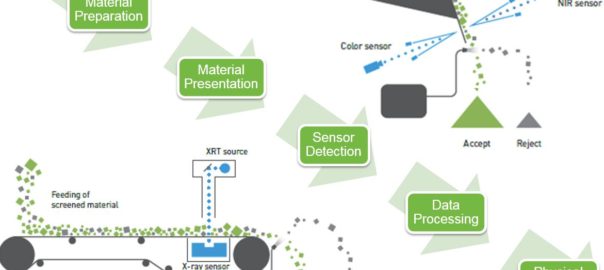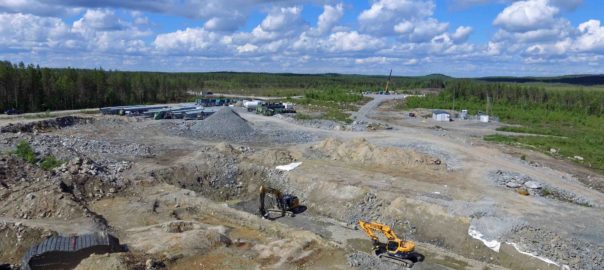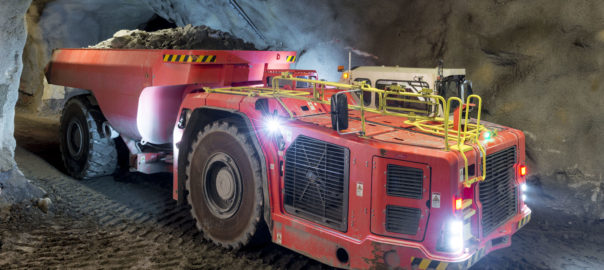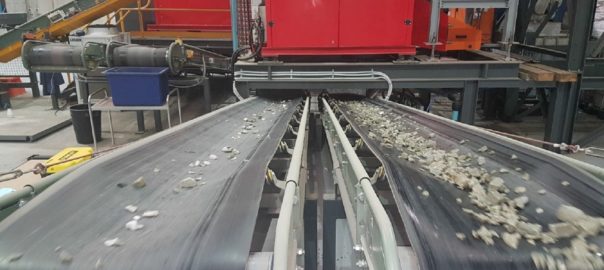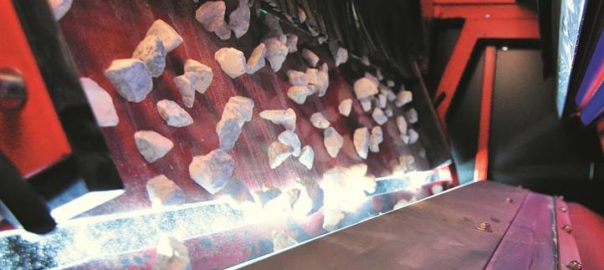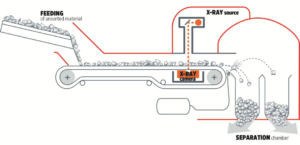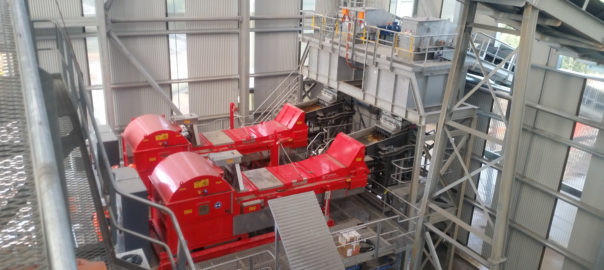TOMRA is continuing to win praise for its sensor-based ore sorting technology, with AusTin Mining being the latest company to say pilot test work indicated the process could remove a significant amount of waste and boost grades.
The company had previously carried out a 60 kg trial with TOMRA on material from the Taronga project in New South Wales, Australia, which indicated X-ray Transmission (XRT) ore sorting was effective.
The latest test work went a step further, with 1.6 t of material grading 0.15% Sn from the Northern Zone of the Taronga deposit being crushed and run through an XRT-1200 sorter in a series of tests for different sizes.
In summary, the latest result indicated:
- Significant mass rejection (up to 66%) to waste may be achieved. This could either reduce the scale of the downstream processing plant and/or enable an increased plat throughput;
- Uplift (up to three times) in the grade of sorted product, which could increase the tin units reporting to a downstream processing plant;
- Increase (over three times) in the grade of fines (-8 mm) material, highlighting the potential for preliminary beneficiation in conjunction with ore sorting, and;
- Consistent waste grades across all tests, indicating the potential to increase tin recovery with increasing feed grade.
CEO, Peter Williams said of the results: “Aus Tin Mining is encouraged by the benefits ore sorting could deliver for the Taronga tin project, not only including the potential uplift in grade, but also the scope for lower costs and the long-term potential opportunity to exploit more of the mineral resource.”
Williams added that the Stage 1 project at Taronga would provide an “ideal opportunity to test and optimise the technology”.
In 2015, the company announced it would commence a Stage 1 development comprising a 340,000 t trial mine within the Northern Zone ore reserves and pilot processing plant able to produce a saleable concentrate over an 18-24 month period. The company is currently in the process of progressing outstanding regulatory approvals and contractor negotiations for this project.
In the coming weeks, AusTin intends to evaluate whether to proceed with an ore-sorting trial in conjunction with the Stage 1 project, including considerations for additional costs and existing approvals.
“The company will also transport the residual material from the ore-sorting test work to the Granville tin project to assess the material for downstream gravity and flotation processes,” the company said.
The Taronga tin project comprises two major zones of quartz-cassiterite, sheeted vein-style mineralisation. The Northern Zone accounts for approximately 70% of the total mineral resource (27 Mt at 0.15% Sn for 40,100 t contained tin) and is open at depth. The Southern Zone (9.3 Mt at 0.19% Sn for 17,100 t contained tin) comprises a very coarse cassiterite demonstrating superior metallurgical properties plus contains higher tin, copper and silver grades.







